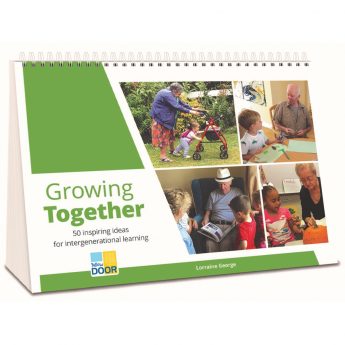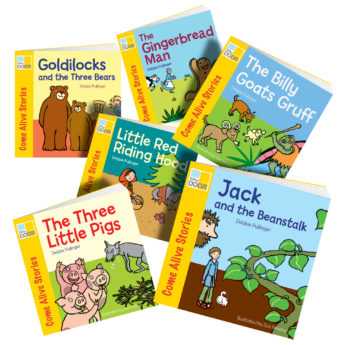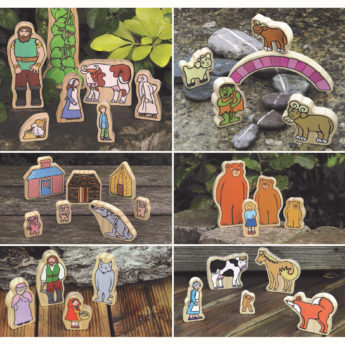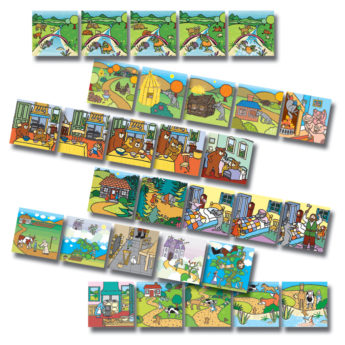The importance of maintaining intergenerational connections
I read a very interesting article the other day that challenged the use of the term ‘social distancing’ to describe our relationships with others outside our household during the current coronavirus pandemic. The article maintained that the term that should have been used by Government was ‘spatial distancing’ because the aim is not to distance ourselves socially from people but to distance ourselves physically from them in order to avoid putting ourselves at risk.
It’s interesting to think about the difference between the two concepts, particularly as the pandemic seems to have created a huge surge in the realisation of the importance of staying in touch with others and maintaining relationships, not only with our family and friends but also building new relationships with neighbours and the elderly within our community with whom we may never have spoken before.

In my opinion, it is more important now than ever before to maintain and build new relationships between the generations, be that between grandparents and grandchildren or between young children in early years settings and their new elderly friends in a care home. It’s good for our health and well-being on so many different levels. Realistically it may be many months before early years providers and their children can visit care homes again in order to engage in intergenerational activities, so how can we maintain contact?
Social media has been full of ideas and ways to stay in touch during the lockdown restrictions. Here are my top five:
- Staying at home does not mean disconnecting from others, and being visually connected through social media provides a perfect opportunity to see someone up close and share news. This is particularly important if you have been engaging with older adults with dementia because seeing faces on a screen will help them to remember and make links to the person they see and the memories that they have about them. Don’t limit your online session to just chatting, try reading stories or singing together, or send video diaries of the things that the children have been doing.
- Sharing art is a lovely way of communicating, so encourage young children to draw and paint their messages for others. Windows in my community are full of painted rainbows at the moment and seeing them everywhere you go makes you realise that you’re not alone and that we are all going through this together. Another lovely example is getting children and adults to paint or draw their own portraits that can then be displayed alongside a photo of themselves if one is available.
- The joy of communicating over the phone should not be underestimated as hearing someone’s voice triggers all sorts of memories, as well as providing an opportunity to give and hear reassurance about the other person’s well-being. Reading stories over the phone can capture children’s imagination, especially if they have some appropriate props and can re-enact the story as they hear it.
- We all love receiving letters, and for many children this may be a new experience. Supporting children to write and post letters offers a whole host of learning opportunities, and why not pop in a photograph of the child with the letter to make it even more personal. Don’t forget to ask for parents’ consent if needed.
- Lastly, if children are able to visit the care setting but stay outside, why not think about supporting them to plant flowers so that the residents can watch through the window and be reminded of the children when they are not there as they watch the flowers grow and bloom.

We have to find ways of staying in touch and continue to expand our intergenerational programmes when we can’t physically be together. Why not try one of these ideas and see how much fun they can be?

Thank you to Lorraine George for writing this blog. Lorraine has worked in early years education for over 20 years and is passionate about delivering and supporting intergenerational projects. She has also written Growing Together: 50 inspiring ideas for intergenerational learning

 Register/Log in
Register/Log in
 Basket
Basket





Great blog with some fab ideas!